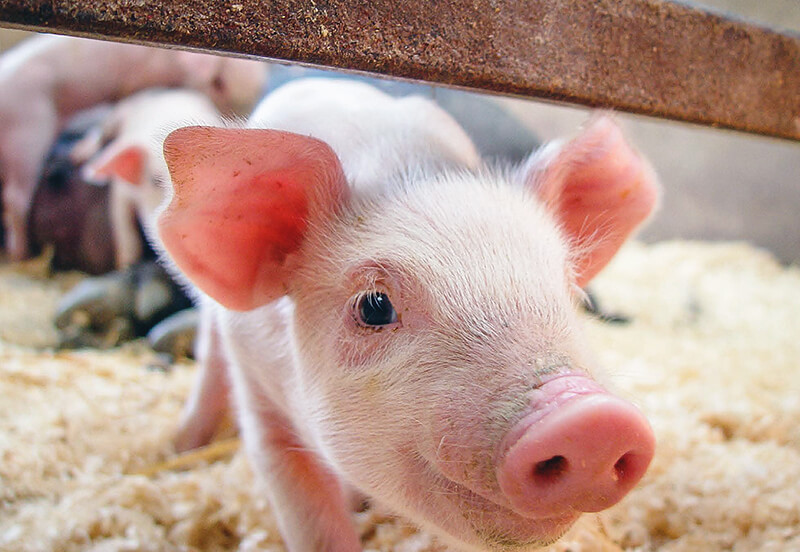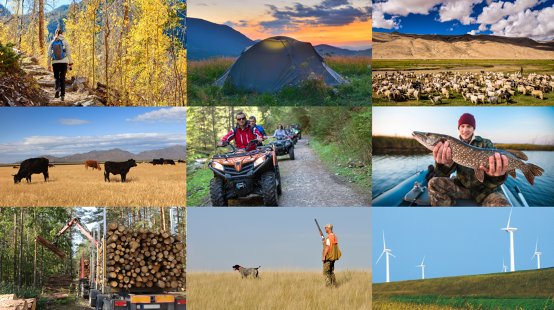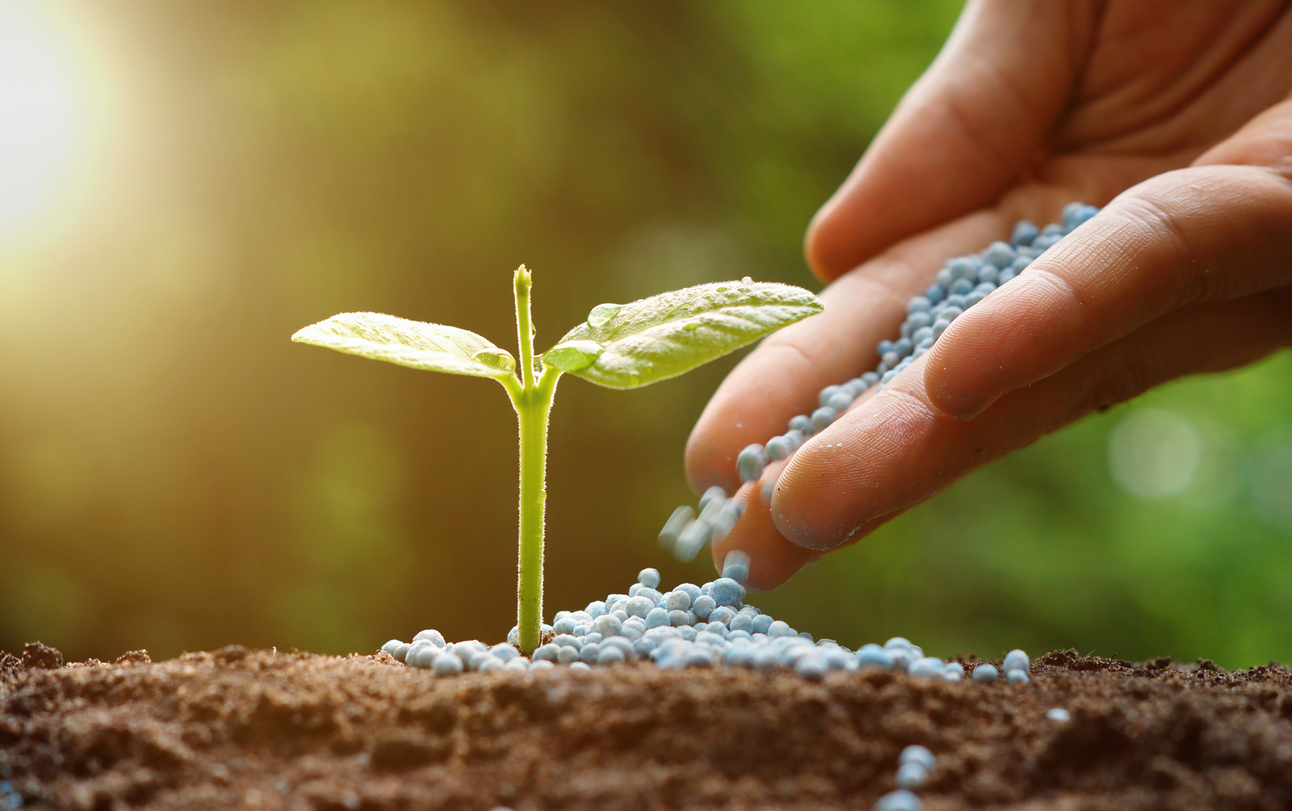
Farm Animal Life Cycles
Students investigate six major livestock species, discover that animals need air, space, food, water, and shelter to survive, explore the life cycle of a farm animal, and identify the products each farm animal produces.

Students investigate six major livestock species, discover that animals need air, space, food, water, and shelter to survive, explore the life cycle of a farm animal, and identify the products each farm animal produces.
Students pursue a process of inquiry to profile George Washington, evaluating the personal characteristics that made him a great leader while also exploring historical and modern food systems.
Students explore the value of farmers markets to local communities and discover the benefits of locally-grown food.
Students identify renewable and nonrenewable energy sources and investigate how farms can produce renewable energy.
Students observe how a seed sprouts and investigate the conditions necessary for germination to occur.
Students observe how a seed sprouts and investigate the conditions necessary for germination to occur.
Students will view the 2014 film Farmland, a documentary spotlighting six farmers and ranchers in the United States. The film portrays the business and lifestyle of a variety of farmers and ranchers. Perspectives on topics such as bioengineered (GMO) crops, animal welfare, organic and conventional farming practices, farm size, farming stereotypes, and more are presented.
Students will explore how retail foodservice establishments ensure that food is safely stored, prepared, and served. Through inquiry they will also learn about local health regulations and how the 4 Cs of Food Safety apply to all aspects of foodservice.

Using various forms of maps, students will analyze public lands in the western United States, describe how ranchers raise food and fiber on federally owned land, and discuss different points of view concerning public lands use and public lands grazing. This lesson covers a socioscientific issue and aims to provide students with tools to evaluate science within the context of social and economic points of view.
This lesson explains the processes of cellular respiration and fermentation and how it applies to the production and processing of honey.

In this lesson students will recognize that fertile soil is a limited resource to produce food for a growing population, describe the role fertilizer plays to increase food productivity, distinguish between organic and commercial fertilizers, and recognize how excess nutrients are harmful to the environment.

Students will recognize that fertile soil is a limited resource, describe the role fertilizer plays in increasing food productivity, distinguish between organic and commercial fertilizers, describe how excess nutrients are harmful to the environment, and identify different sources of nutrient pollution.